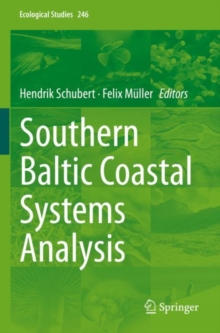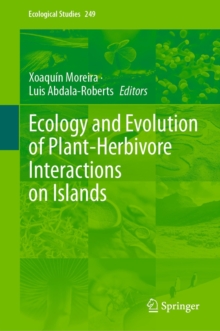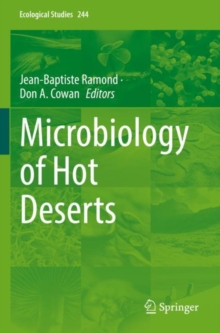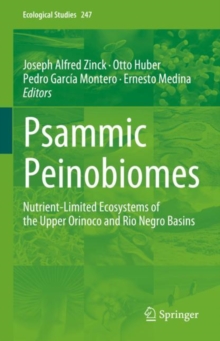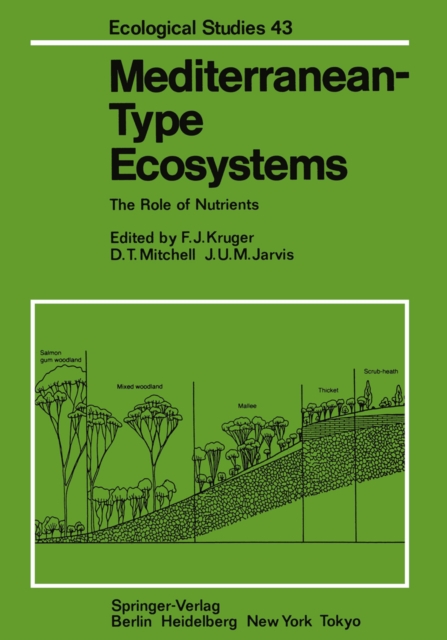
Mediterranean-Type Ecosystems : The Role of Nutrients PDF
Edited by F.J. Kruger, D.T. Mitchell, J.U.M. Jarvis
Part of the Ecological Studies series
- Information
Description
The theory of ecological convergence underlies the biogeographers' maps of world biome-types.
It also determines the degree to which ecological principles, derived from research on particular populations, communities or ecosystems, are generally valid, and hence also to what extent resource management principles are general.
To quote Di Castri and Mooney (1973): "In effect, in order to assess the transfer of technology, it is essential to know to what extent information acquired from studying one particular ecosystem is applicable to another ecosystem of the same type but situated in a different location. " The five relatively small, isolated, mediterranean-climate zones of the earth, each with its distinct fauna and flora, have provided the ideal testing grounds for this theory.
A heritage of precisely focused ecosystems research has resulted, beginning with the international comparative analyses conducted by Specht (l969a, b) but with antecedents in earlier studies in South Australia (Specht and Rayson 1957, Specht 1973).
Cody and Mooney (1978) reviewed the information available at the time for the four zones excepting Australia and concluded that the arrays of strategy-types to be found among the different biotas were so similar that they could be explained only in terms of the convergence hypothesis; nevertheless, evident differences in community organization and dynamics, especially phenol- ogy, required closer study of resource availability and resource-use patterns to better explain relations between form and function overall, and to assess the degree of convergence at higher levels of organization than the population.
Information
-
Download Now
- Format:PDF
- Publisher:Springer Berlin Heidelberg
- Publication Date:06/12/2012
- Category:
- ISBN:9783642689352
Information
-
Download Now
- Format:PDF
- Publisher:Springer Berlin Heidelberg
- Publication Date:06/12/2012
- Category:
- ISBN:9783642689352
